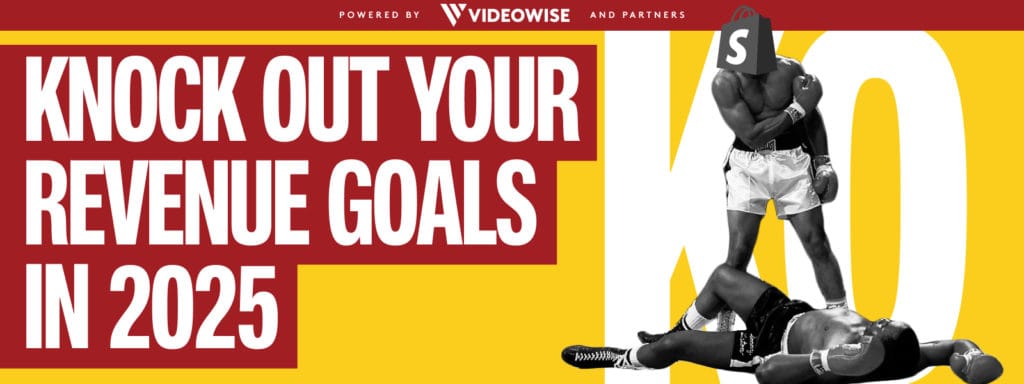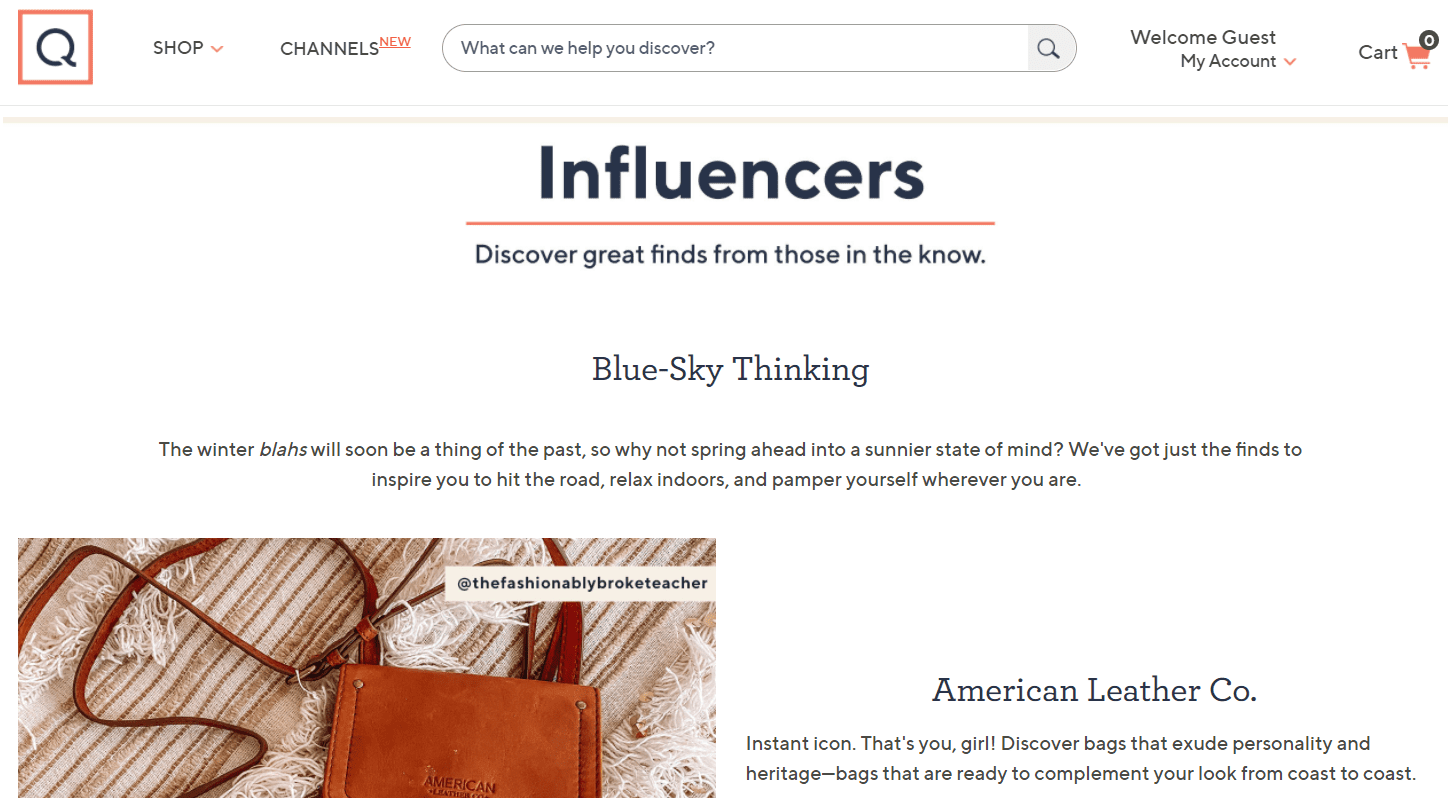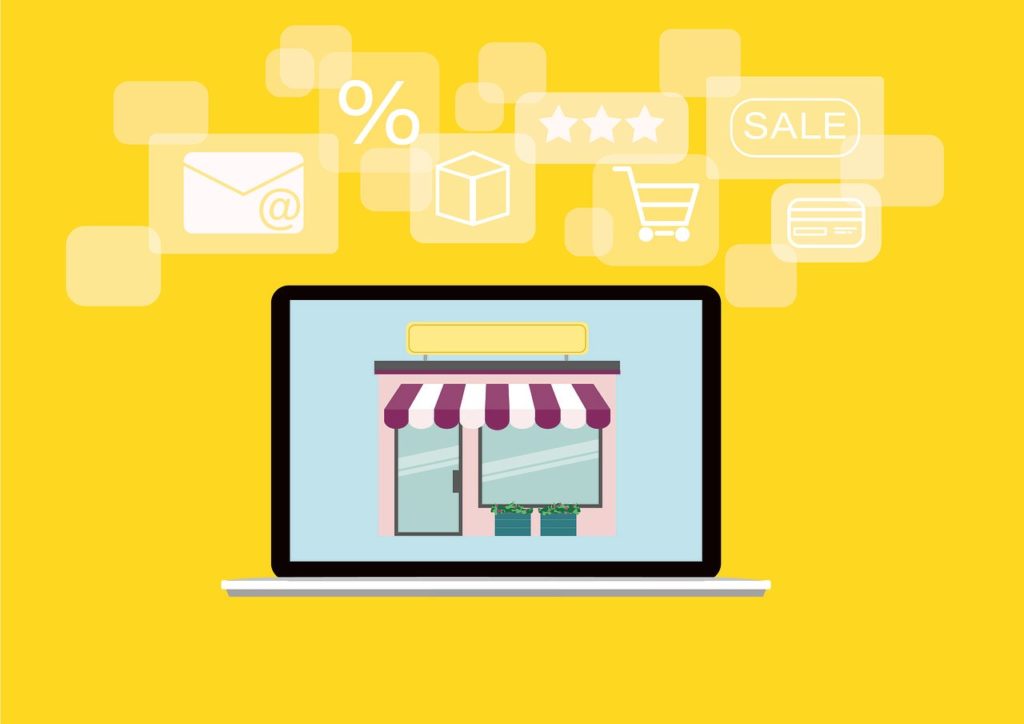
Knock Out Your Goals in 2025
🚀 NEW eBook: Knock out your revenue goals for 2025! Discover 40 proven eCommerce strategies from top Shopify experts!
…
Social commerce is predicted to change the face of online shopping – with live shows the primary driver.
In its simplest form, social commerce is buying and selling directly on social media platforms, and the big players are taking big strides in providing users with the capability to make purchases without leaving their feeds.
But that transactional element is just one part of the puzzle – and, by itself, wouldn’t take advantage of what social media offers.
Let’s look at the structure of online as it has been built over the last few years.
E-commerce, to this point, has been transactional. Brands have focused on driving traffic to their websites and improving conversion rates in order to increase sales.
Social media has been used for brand and community building, providing customers with an easy way of interacting with their favourites.
Enter influencers. Building followings, many are bridging the gap between customers and brands.
Now, those three worlds are coming together with the advent of live shopping.
Live-streaming commerce has not just taken off in China; it has exploded.
It grew by 160% in 2020 and is set to grow by another 85% in 2021.
Generating very nearly $300billion in sales, if the Chinese live shopping influencer community was a country, they’d be the third largest e-commerce market in the world.
But the western world is still playing catch-up – China’s social commerce figures are 10 times what they are in the US – as it works out the best methods of delivering success.
And whether audiences outside China actually want their social media platforms to sell to them in this manner.

Buying from a live feed is hardly new. The QVC TV shopping channel was founded in 1986 and launched in the UK seven years later so it’s been on our screens for nearly 30 years.
The channel has a page on its website devoted to influencers.
Again, this idea is nothing new. Brand ambassadors have been in existence almost since the dawn of marketing, and influencers – or creators as they are increasingly referred to – are merely an extension of the idea of using the audience of respected individuals.
Unlike the QVC channel, social media provides content tailored for you rather than having to sit and watch TV for 24 hours. You have control over who you choose to follow.
Now, social media platforms are busy running trials and are putting significant efforts into the idea of social commerce and live shopping.
But they’re all saying pretty much the same thing: “We don’t want to rush into it but rather test and see what works.”
One of the challenges might come from the lack of trust from consumers about how their data might be used.
A recent survey revealed that, while the UK is the most digitally advanced country in Europe, there’s still a big trust issue around the use of personal data.
44% of survey respondents suggested they didn’t fully trust digital services, and they plan to scale back their digital usage because of this.
Facebook has been embroiled in high-profile data sensitivity cases such as the Cambridge Analytica scandal while Netflix documentary The Social Dilemma highlighted the level of control tech firms have over us.
Even the criticism about a lack of action over racist posts will play its part in our questioning of the values of – and therefore how much trust we have in – these platforms.
Users love following their favourites and consuming their content, but there are questions around whether they completely trust the platforms themselves.
And then you’re talking about supplying these platforms with your bank details. Suddenly, any concerns are taken to another level.
So social media platforms have work to do to prove they have the best interests of their users at heart.
But they clearly see live shopping as a way of breaking Amazon’s e-commerce dominance – and a slice of that pie would be very welcome for them.

For many people, shopping is much more than a set of practical transactions.
It’s fun, something to be enjoyed with others, and a positive shopping experience lives long in the memory.
Experiential marketing is a long-held tactic and its transition to online dovetails perfectly with live shopping.
This is the key to getting live shopping right.
It needs to be enjoyable and entertaining, and it’s why content creators or influencers will be at its heart.
Social media platforms are already providing live shopping functionality, although some of it is limited to the US at the moment, while specific software solutions are beginning to emerge.
One of the names making waves in this area is Bambuser. It integrates with the likes of Shopify to offer live video feeds directly on your website which can be cast to Facebook and YouTube.
We’ve also seen the beginnings of live shopping through your TV, with ITV providing the option to buy products seen in its Love Island reality show.
Despite any possible misgivings from users, the video shopping experience looks here to stay so brands should be looking seriously at how to take advantage.
According to the Experian Economics’ Retail Planner 2020 report, the UK economy experienced four years of predicted e-commerce growth in just 12 months, rising from 12% to more than 34% of total retail spend.
By 2025, experts now predict online sales will reach a figure previously anticipated in 2035 – so a full 10 years ahead.
And this is probably why e-commerce, even at its tender age, is now facing its own live-video-influencer-led-social-commerce-shopping disruption.
Need an answer to a problem? Take a look at our insights section to find advice, guidance and recommendations across a range of e-commerce topics – from conversion to retention and loyalty, from systems integration to remarketing.




Copyright © 2024 Quickfire Digital